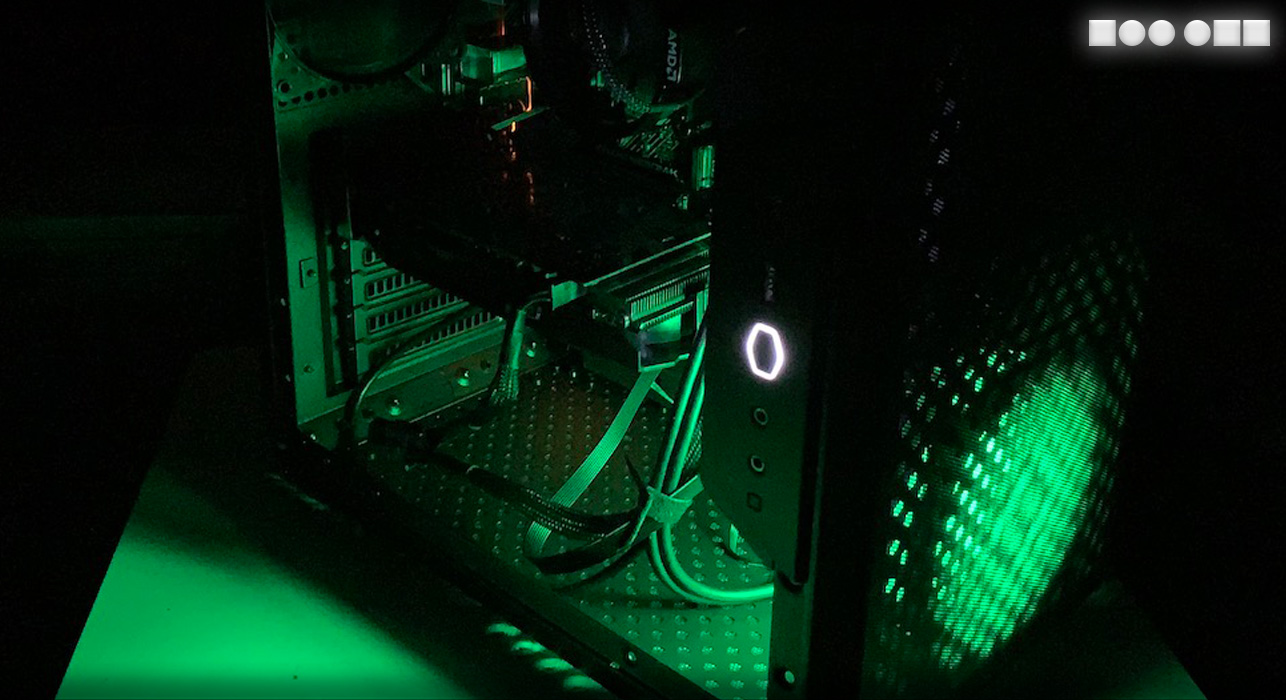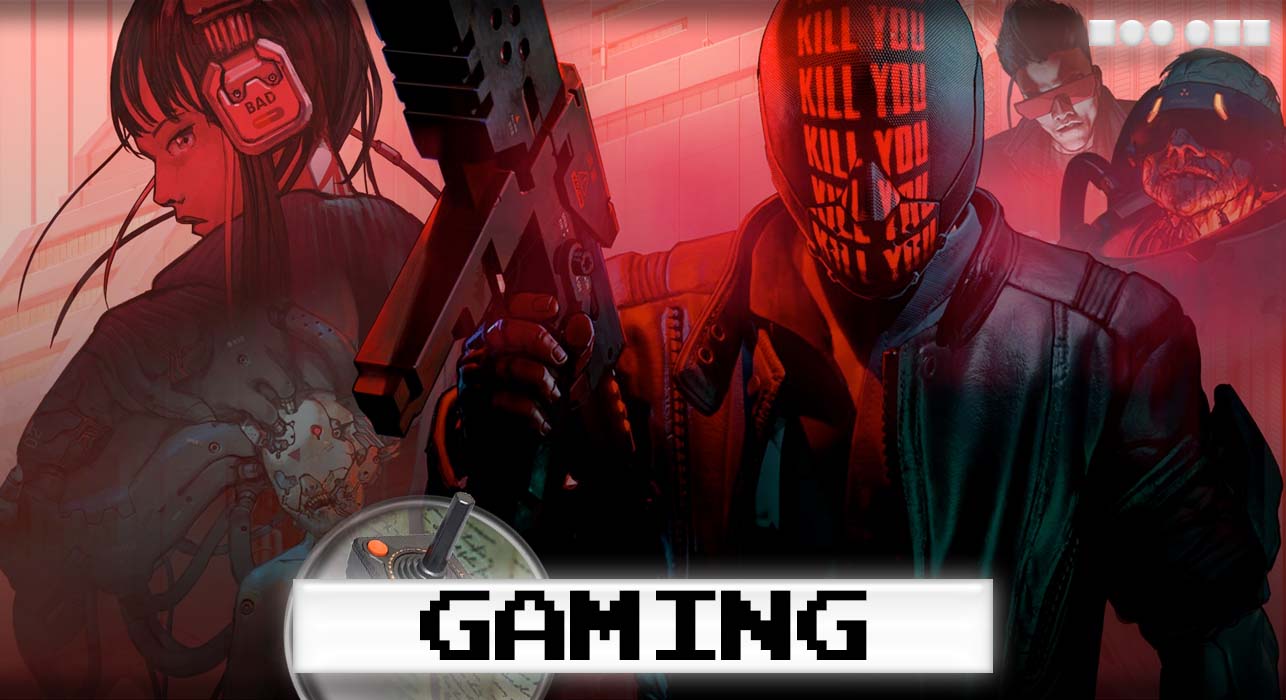Warning- everything in this piece is a spoiler for the game. But despite reviewing it, and despite beating it, I think there’s still a little more to say…
My review- with clearly-marked space before its spoilers- is here. The game is free if you want to check it out before reading on.
I feel like I need to spend a bit more time on Steam with some independent releases- a lot of these are sticking with me more than the average AAA shooter-cum-lootbox experience. A few years ago there was bureaucracy-’em-up Papers, Please, and this week I took a gamble on Doki Doki Literature Club!, which luckily is available for the Mac. (Yeah, being a Mac user restricts my choices a bit, but DDLC being on the Mac- and free- meant it got a look.)
It’s not a long game, by any means; after about three or four hours you’ve seen everything it can offer. To some extent it has to give away, or at least hint at, one of its story’s twists before the game even starts; if depression and suicide are topics you’re uncomfortable dealing with, that’s kind of something you need to know before you click New Game. But even within those restrictions, I can’t stop thinking about DDLC and how it tells its story.
Three things in particular continue to, if not haunt me, certainly occupy my thoughts with the game long finished:
Mental illness. The bit the game warns you about comes up fairly early on; Sayori exhibits fairly classic symptoms of depression (relentlessly putting on a cheery face; oversleeping; showing far more concern for others’ wellbeing than her own). The game’s deliberately slow early pace is there to lull you into a little bit of a false sense of security, making you think that it’s a standard dating simulator and that you can assist Sayori with The Power of Friendship (or The Power of Love depending on your choices). DDLC is pretty sympathetic and sensitive in its handling of the topic, at least in its first act.
But just like in real life sometimes these things can’t help; sometimes they can make things worse. Depression lies, and depression isn’t rational. The slow burn is there to make you think you’re doing the right thing when it’s a very real possibility that you’re only- actively- making things worse.
(I should note that not all people with depression have the same symptoms, or in the same order, or with the same prominence or the same severity. One of the more insidious parts about the condition is that it’s that little bit different for everyone.)
As an aside, the slow burn also helps to get you attached to the characters- and to amplify the impact of the game’s twists. Rather than being option #2 on menu #3, you learn that Natsuki bakes, and Yuri likes books that address her deeper emotions, and so on. It’s only once you form an attachment to the characters that the game goes off the rails, and you realise…
Player agency. The horror aspect of the game isn’t so much in blood and gore (although there are two suicides, one on-camera and one unseen), but in the total lack of player agency surrounding them. While some actions in the game are optional (you can change the order of certain scenes happening), there is no real power to stop the inevitable path of the story. Some of the choices you are given have exactly zero effect on the story- the prompts are basically there to make you stop and think about your actions, but it’s only after finishing the game you realise they were not choices at all.
There is nothing you can do to prevent Sayori’s suicide- even giving her the one thing she apparently wants and craves above all else isn’t enough to save her. Similarly, Yuri’s suicide not only happens regardless of whether you ‘accept her confession’ of love, but it’s at that point that the player character’s agency basically disappears; you aren’t even given the option of leaving the room afterwards and have to spend the three days (in-game time) with her corpse, haunted by pages of nonsense dialogue.
After that scene, the player character has no further dialogue in the game, and no further choices that can be made within the game itself, which leads to…
Breaking the Fourth Wall. There are subtle hints early on about who’s really the antagonist if you’re willing to look- some of this stuff is at internet-conspiracy-theory levels (Monika has different-coloured stockings to everyone else in the game’s artwork), but there are more low-key touches (Monika’s eyes are green, and she’s the only character who looks directly at the ‘camera’ while the other girls glance aside). But it’s the game’s addressing the player- not the player character, the player- that adds to the game’s creepy atmosphere in the second and third acts.
Monika just seems to know… a little too much, and that hints at her nature. In-universe she seems to know everything, even where she wasn’t present for something happening (and is blase, even dismissive, of more harrowing events). She seems to know that particular things don’t make sense (such as where she tells you to save your game, or points out that a pun doesn’t make sense in translation where there are no other languages being spoken), and barges her way into the story to the point where she can stand in front of dialogue boxes. She seems to realise that she’s the ‘narrator’ or the ‘guide’ for the game rather than one of the possible paths. You never get the option to talk to her much early on; that spurs on her desire to spend time with you, at any cost. And I do mean ‘any’.
Not everyone will have the same experience with the game, but that also adds to its notoriety a little bit. Streamers or people recording their gameplay get a special sequence in the third act, while for others, Monika will try to refer to them by their real name (taken from your Windows or Mac OS profile). Once you work out the final twist to get out of the room with Monika- deleting a file from your Steam folder!- that opens up some other possibilities and encourages replay value, as well as poking around within the game files to see what other secrets or Easter eggs are there.
Overall it’s definitely not for everyone, but it’s à̶̢̨̦̜̪̰̒̂̔̒̎͌̕͟ f̷̨̨͉͓̺̟̣͇̄̎̈́͐͠a̸̳̫͎̮͇͛̃͂͋̓̀̔s̴̟̰̯̻̘̣̦͈̎́̀̑̎̈̌̑̀͘͜͜ç̸̨͇̙̘̮̹̟͙̝̏̑̇̈́͋̎̏͛͐̚į̸̧͎̼͕̤͉̇̍̉̆̏͒́͆͜ͅņ̷̛̰̙̖̻͈̮̐̒̐͆̕͠a̧̭̳͔̪̞̪̅̽̅̓̈͘͞ ģ̸̦̻͙̲̿̃͒̿̍̉ s̴̨̳̝̰̝̬̼̤̳̻̈̂̑̋̿̋̀̒̚ t̛͔̤̠̝͍̜̘̩̟̖̔̐̏̇̅̚͡ȕ̴̬̫̣̻̠̣̝̲͖̎́͗͌̀̊ d̸̗̥̟̤̳̮̱͓̞̿́̃̒͟͝ y̵͈͚̜͇̰͂̄̿̐̏̉͘͘͢ o̸̼͍͈̪̾́̿͛̒͒̽̽͜ f̷̤͍̭͔̹̟̱̩̓͋̓̂̊́́̀ v̨̟̣̤͇͉̖̼̭͚͑̿̐̍̅̆͠ ḯ͇͇͚̲̹̻̙̟̥̔̍̌̍̚͘͝ s̨̡͇͎̬̪̦̝̭͈̉̌̈́͌͆͌́̕͞͡ û͇̠̣͍̹̹̄̌͗͊͆̽̎ a̴̝͚͓̜̭͈͊̐̾́̒͢͝͡ l̵̡̢͙̺̩̽͆̋̑̄̕ n̛̥̣͍̹̣͈̓͛͑̈̌̌̋͟͟͝ o̡̜̤̟͙̜͑͆̎̑̇̈̽͋̌̚͟ v̸̨͉̭̬̰̺̥̜̪̏́͐͗͆͑͐͊͘e̴͔͎̫͓̿̀͛̂́̚͢͢ l̷̹̣͇̣̠̙̼̥̟͌̈́̽̂̂͠ t͉̜̯̙̒̈́̎̃̑̂̔̃̋͢͜ r̗̘̤͇͛̾̚͘̚͢ͅ ó̶̰̣̼̲͕͂̎̓̚͜ p̵̛͕̲͇͓̜͓̄͌̃̏̉͛̀̀̾͟ͅ ȯ̴̧̖̰̬̜͚̽̽̈͑ f̸̧̛͇̪̥̣̪͎̺̠̑̒̏̎͋ g̪͓̙̩̬͍̣̿͌́̏̎̂͑͘͜͡͞â̷̭̠͉̣͍̱̬̓͋̋̆̈̑́͢͠ m̡̱͚̊̏̉̂̓̓̚͟͢ĕ̷̬̩̦̑̎͐̉̐͢͟s̶͖̣̦̤̠̜̱̦̓̑͗̌͛͗̐̿́ͅ e͉̪͍͙̠̟͊̓̿͊̓̆̀͞͡n̢̛̞̫̯̣̬͗͂̓̽̎̾͋̆ę̻̩͈̖̹̼̯̾̓͒̇̌͆́̊̈͟ͅr̗̺̺͔͊̀͆̔͋̕͘͜͢͝
Monika is the best!
I wish I could spend way more time with her. In fact, she should get her own game. With just Monika.
…just Monika.




